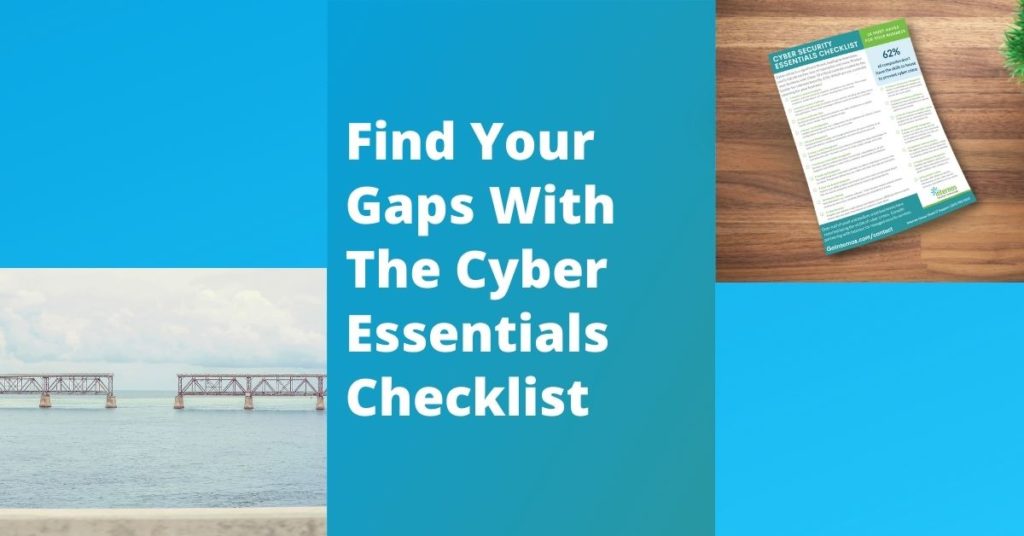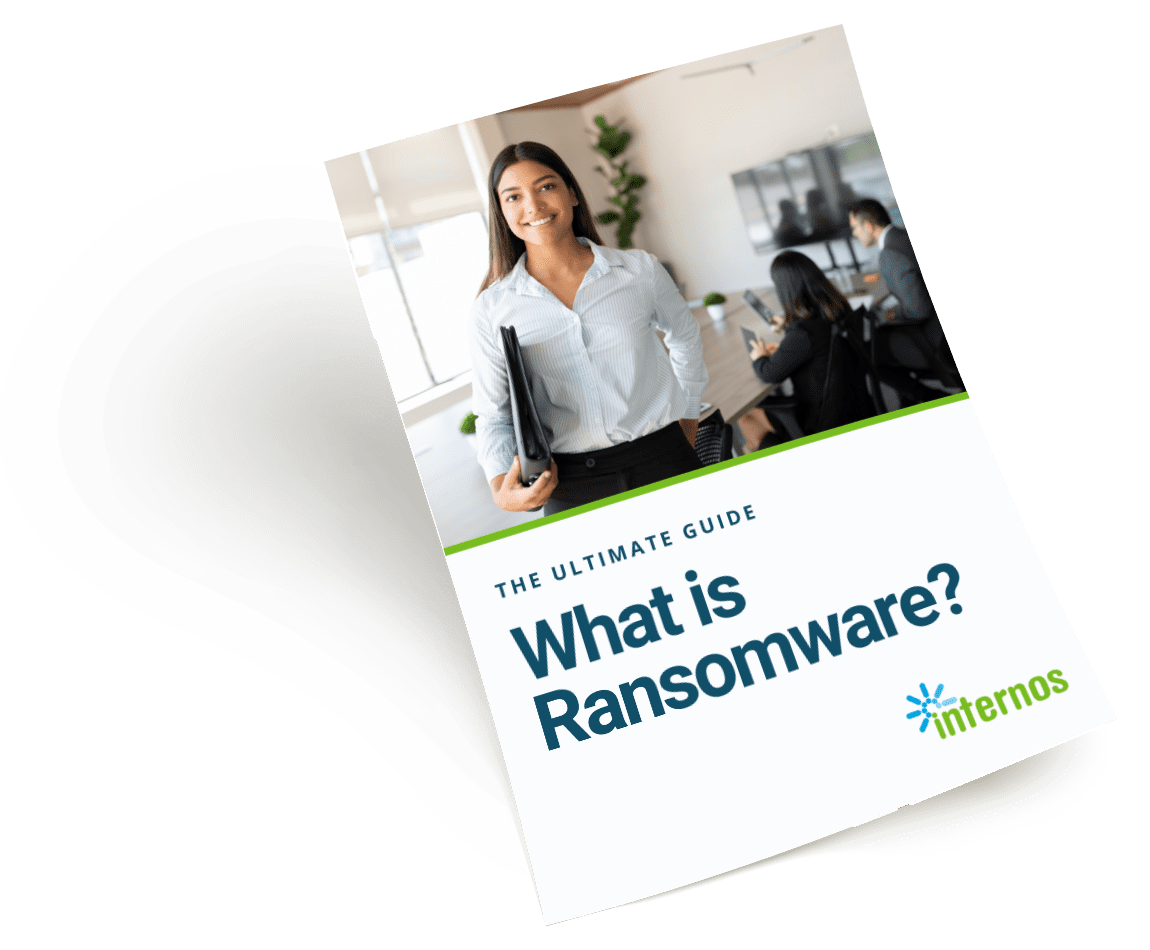
We all know that cyber crimes are a significant threat to businesses, leading to disruption of operations, breach of business and customer data, unauthorized access to networks and even the total destruction of businesses. As IT experts and business owners ourselves, we understand how overwhelming managing cyber security can be. That’s why having an effective cyber security program is so important.
To help you understand and manage these threats, we’ve created a Cyber Security Essentials Checklist. Use it to see which of the 18 critical controls established by the Center for Internet Security (CIS) you have covered for your business and what gaps need to be closed.
Data breaches for a small-to-medium business usually cost close to $150,000. It’s no wonder that 80 percent of SMB owners worry about being a target again in the next six months. Don’t worry, take action.
Data breaches for a small-to-medium business usually cost close to $150,000. It’s no wonder that 80 percent of SMB owners worry about being a target again in the next six months. Don’t worry, take action.
5 Cyber Security Program Best Practices
While the checklist can help you find gaps, we’ve also pulled together the five best practices of a cyber security program.
1. Learn From Past Attacks (Yours and Others)
A good cyber security program learns from every attack. Even if your business was not the victim, use the knowledge from the attacks on other businesses to protect and defend your business from future attacks. Build in controls that have proven successful in preventing real-world attacks.
2. Prioritize
No one can implement everything at once. So as you improve your cyber security, prioritize. Start with the controls that are the most feasible to implement in your current environment. Those that require time for deep infrastructure changes can come later — as long as later doesn’t turn into never.
Create KPIs to Monitor Security
Key performance indicators (KPIs) are a standard set of metrics that you look at month after month, year after year, to evaluate your progress. Just as you have marketing KPIs, you also need KPIs for your cyber security program. They help to ensure all necessary staff such as IT, executives, officers, auditors, vendors, etc. can stay on the same page.
Diagnose and Mitigate to Improve KPIs
Use those KPIs to monitor the effectiveness of the security measures in place and make improvements. Find and close gaps and resolve issues as soon as possible, so KPIs go steadily in the right direction.
Automation
Automation increases efficiency and saves both time and money. It helps businesses with a scalable and reliable way to thwart cyber threats and ensure compliance with controls.
And remember, we’re here to help. Contact us or book a free no-obligation meeting, virtual or in person.

